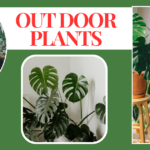Indoor plants do more than just decorate your home they improve air quality, reduce stress, and add a touch of nature to any space. The good news is that many indoor plants can thrive without direct sunlight, making them perfect for homes or offices with limited natural light. If you’ve been searching for low-maintenance plants that will still grow in dimly lit rooms, you’re in the right place.
This guide will introduce you to the 10 best indoor plants for low-light spaces and share simple, actionable tips for taking care of them. Whether you’re a beginner or a seasoned plant enthusiast, these plants will brighten up any room while being easy to maintain. Let’s dive in!
Top 10 Indoor Plants That Thrive Without Sunlight
When it comes to choosing the right plants for your home, there are plenty of beautiful options that can grow and thrive without direct sunlight. Here’s a list of 10 indoor plants that thrive without sunlight, offering both aesthetic appeal and easy maintenance.
1.Snake Plant (Sansevieria)
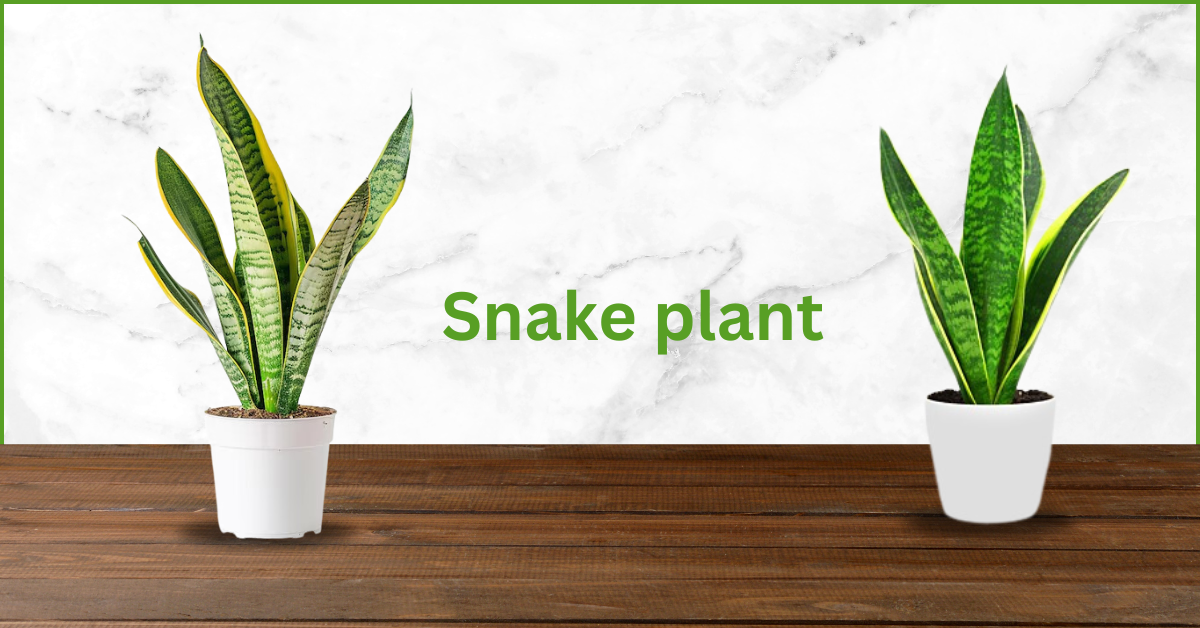
The snake plant, also known as Mother-in-Law’s Tongue, is a perfect choice for low-maintenance indoor greenery. Known for its long, sword-shaped leaves, the snake plant is attractive to look at and easy to care for, making it a great choice for those who want to add a touch of nature to their home. The best aspect of snake plant care indoors is its flexibility – it can thrive even in low light conditions and requires very little water, making it an ideal plant for those with a busy schedule.
To care for a snake plant, simply place it in indirect light, water sparingly and allow the soil to dry out between waterings. Learning how to care for a snake plant indoors is straightforward: don’t overwater and keep it out of direct sunlight. In rare cases, you may even see the snake plant bloom, which is a unique experience! With these simple care tips, the snake plant can thrive indoors and improve the air quality of your space.
2. ZZ Plant (Zamioculcas Zamiifolia)
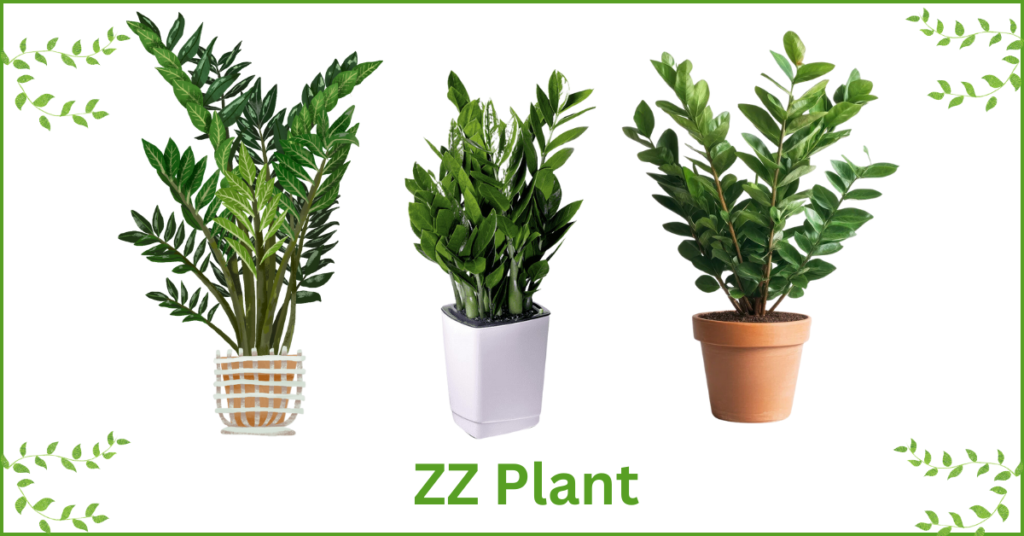
A best indoor plant is the ZZ plant, which is a popular choice because it requires very little maintenance and thrives even in low light. The ZZ plant, with its thick, slightly bulbous stalk and rhizomes that store water under the soil, requires very little water to stay healthy. You only need to water it every 10 to 12 days or even once every two weeks, making it an best choice for busy people or those new to plant care. In fact, overwatering often causes plant problems. The beauty of the ZZ plant is that it doesn’t require much care – just keep it out of direct sunlight, and it will thrive.
For homes and offices with low light conditions, there are many other plants that not only survive but thrive indoors even without direct sunlight. In this blog, we will introduce you to 10 resilient indoor plants, including the ZZ plant, which you can easily care for in a low light setting. We’ll also share simple tips for keeping these green companions healthy without too much sunlight. Whether you’re looking to improve the air quality in a room of 800 to 1,000 square feet or simply bring a touch of nature inside, these low-maintenance indoor plants can make any space feel fresh and green..
3. Peace Lily (Spathiphyllum)
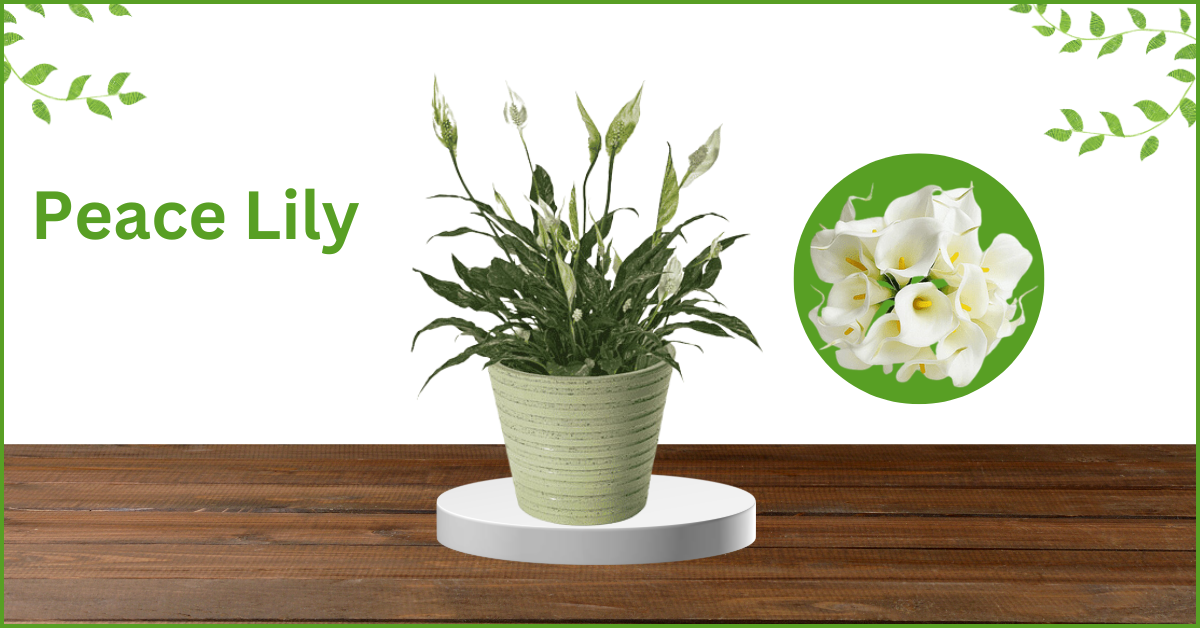
The Peace Lily is famous for its beautiful white flowers and ability to purify the air. This plant does well in low light conditions, favoring filtered or indirect sunlight. It’s also easy to care for regarding watering, needing a thorough soak only when the soil feels dry. With the right attention, you can enjoy lovely blooms even in dim lighting.
4.Fiddle Leaf Fig
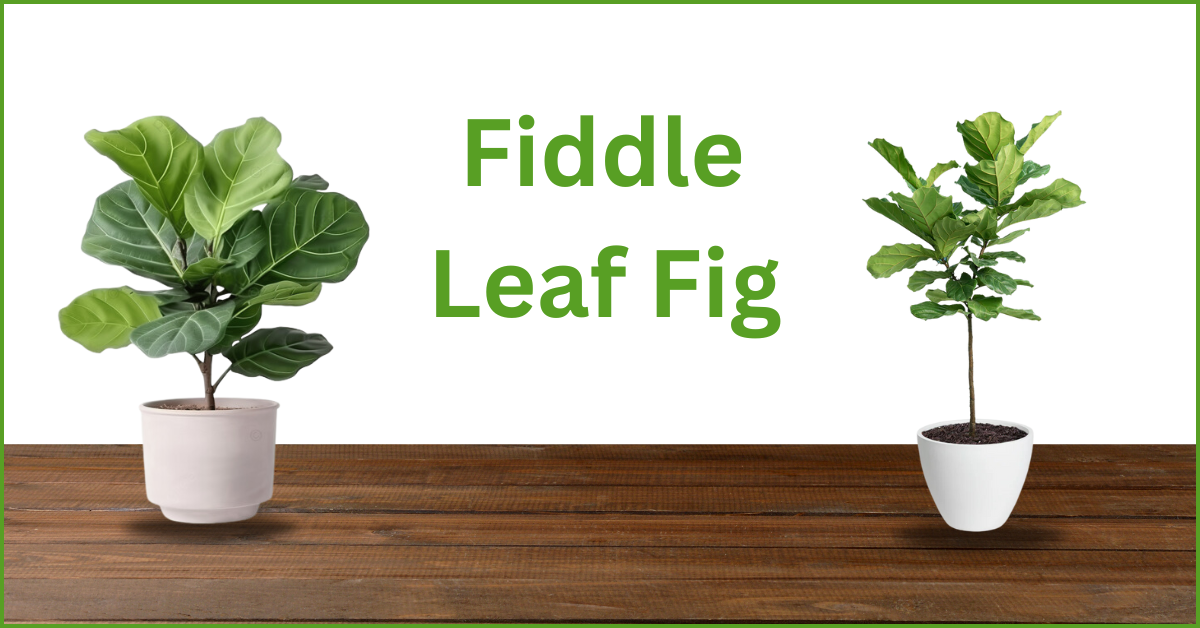
Speaking of fiddle leaf, the special thing about the fiddle leaf is that not only is it a very effective air disinfectant, it can remove a lot of chemicals, but it is also very good at removing moisture. That is, if you have a place in your home where you have mold or mildew, you can live there, many people have problems with mold and mildew, so this can be very helpful for rooms. If you want to take care of it, keep it in a bright place, if it is in direct sunlight, it does not matter, while it does not need high humidity, a warm environment will support its growth. If you want to keep it in your garden, it is a great indoor plant. It adds beauty and air-purifying benefits wherever it is placed.
5.Spider Plant (Chlorophytum Comosum)
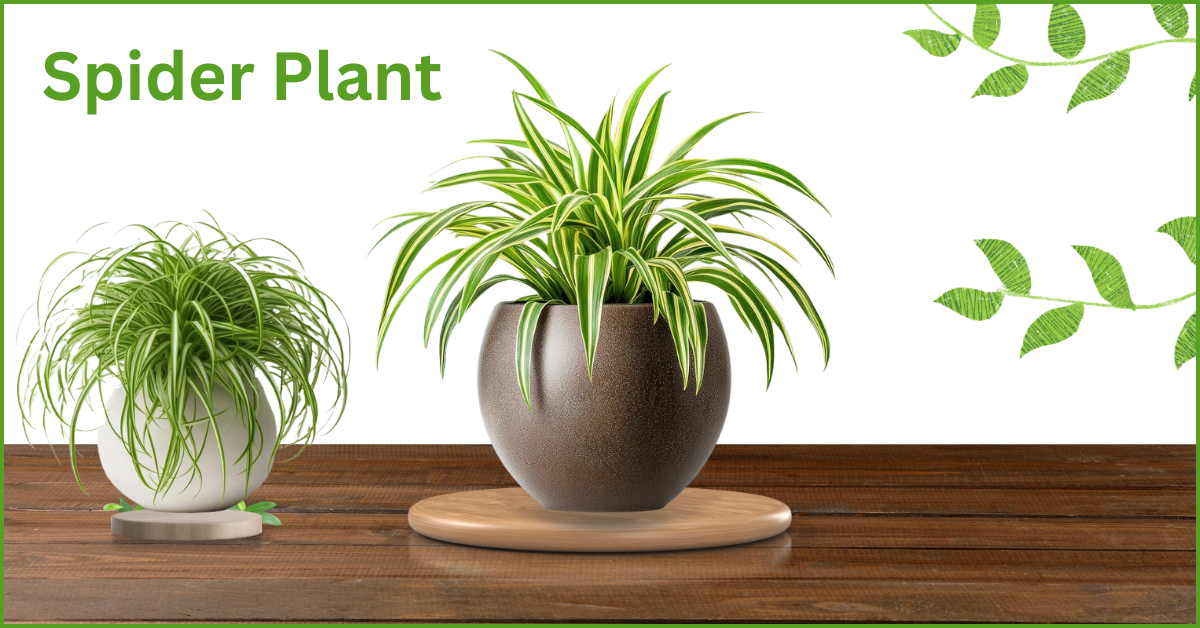
The Spider Plant is well-loved for its distinctive long, curved leaves adorned with white stripes. It flourishes in indirect sunlight or low-light areas, making it an ideal choice for locations that aren’t directly by windows. Additionally, Spider Plants excel at purifying the air by eliminating toxins, adding both beauty and health benefits to your indoor space.
6.Philodendron
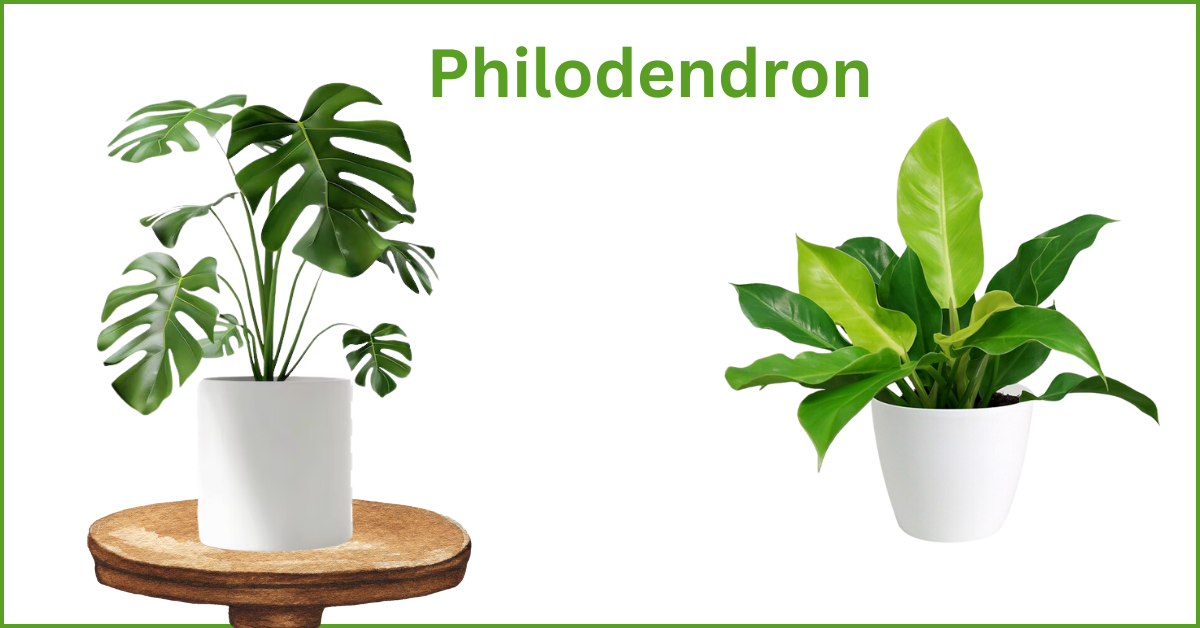
Philodendrons are beautiful, thriving plants that adapt well to dimly lit spaces. With their charming heart-shaped leaves and cascading vines, they add a lovely touch to hanging pots or shelves. Plus, they are quite forgiving if you occasionally forget to water them, making them an excellent low-maintenance option for your home.
7.Cast Iron Plant (Aspidistra Elatior)
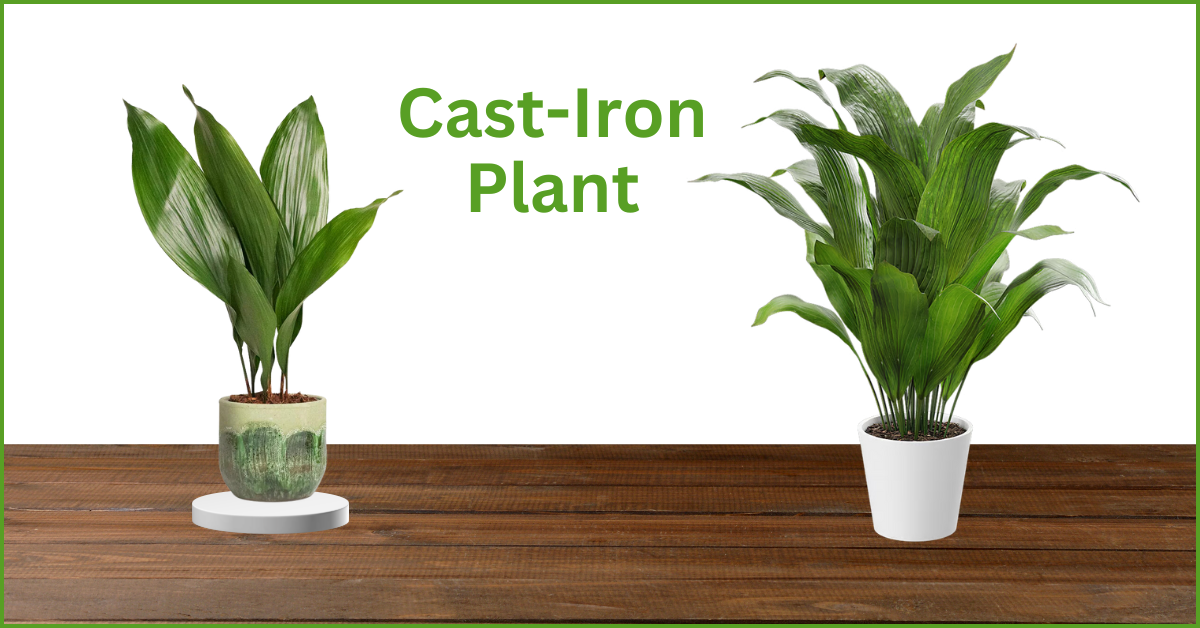
The Cast Iron Plant lives up to its name, proving to be almost unbreakable. It thrives even in the dimmest areas of your home and can handle a bit of neglect, such as irregular watering. With its sleek, dark green, sword-shaped leaves, it adds a touch of elegance while requiring minimal maintenance.
8.Chinese Evergreen (Aglaonema)
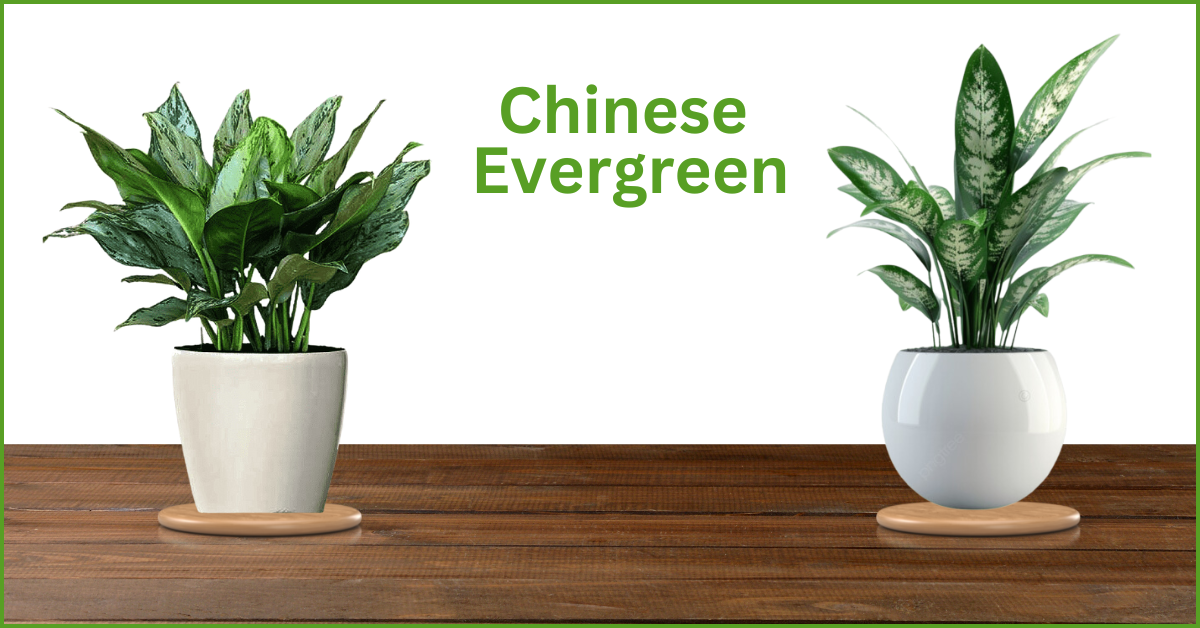
Chinese Evergreens are versatile plants that flourish in dimly lit areas. Their beautiful variegated leaves feature silver, red, or pink highlights, bringing a vibrant touch to your surroundings. Just water it from time to time and keep it out of direct sunlight, and you’ll be rewarded with lush, thriving growth.
9.Rubber Plant
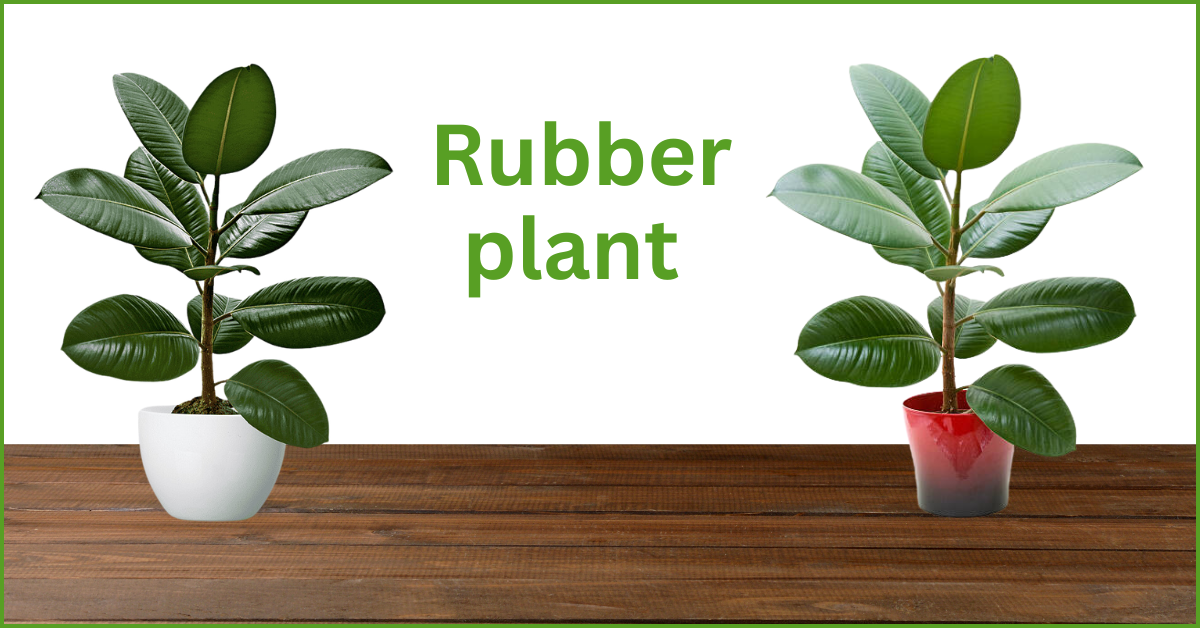
In India, two types of rubber plants are quite popular as indoor plants, both known for their air-purifying qualities. The rubber plant (Ficus elastica) grows well indoors and adapts easily, especially if given the right conditions. This plant prefers soil with moderate moisture and benefits from occasional support, such as a wooden stick, to help it grow straight. Placing a rubber plant near a sofa or in the living room can enhance the room’s look, but it’s essential to keep it away from direct sunlight. Direct sunlight can scorch its leaves, so a spot with indirect or medium light works best.
One impressive feature of the rubber plant is its ability to absorb formaldehyde, a chemical often found in crude oil, paint, detergents, and even household furniture. Prolonged exposure to formaldehyde can lead to health problems like irritation, weakened immunity, and even blood-related issues. Having rubber plants indoors can help reduce these pollutants, keeping the air cleaner and healthier.
Another popular choice on our list is the fiddle leaf fig, known for its large, lush leaves that make a bold statement in any room. This plant is a personal favorite because of its broad, striking foliage that can brighten up any corner of the house. It thrives best in bright, indirect light and adds a fresh, green vibe to indoor spaces.
10.Parlor Palm (Chamaedorea Elegant)
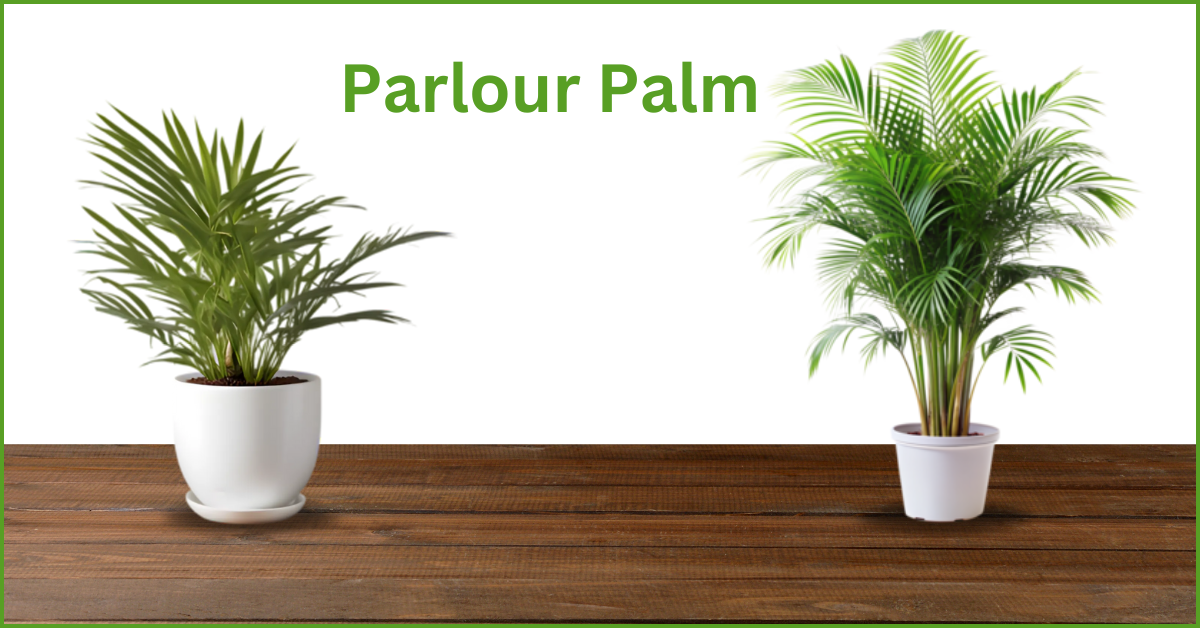
The Parlor Palm is a charming little palm that flourishes indoors, even in the absence of direct sunlight. While it grows slowly, it can eventually reach a height of several feet, making it an ideal choice for corners or tabletops. Plus, it’s easy to care for, needing just occasional watering and indirect light to stay healthy.
How to Take Care of Plants Without Sunlight
A frequent misunderstanding is that every plant requires sunlight to flourish. Although sunlight plays a crucial role in photosynthesis, numerous indoor plants adapt well to low-light conditions and can thrive even without direct sunlight. Here are some essential tips on how to care for indoor plants in the absence of sunlight.
-
- Use Artificial Lighting
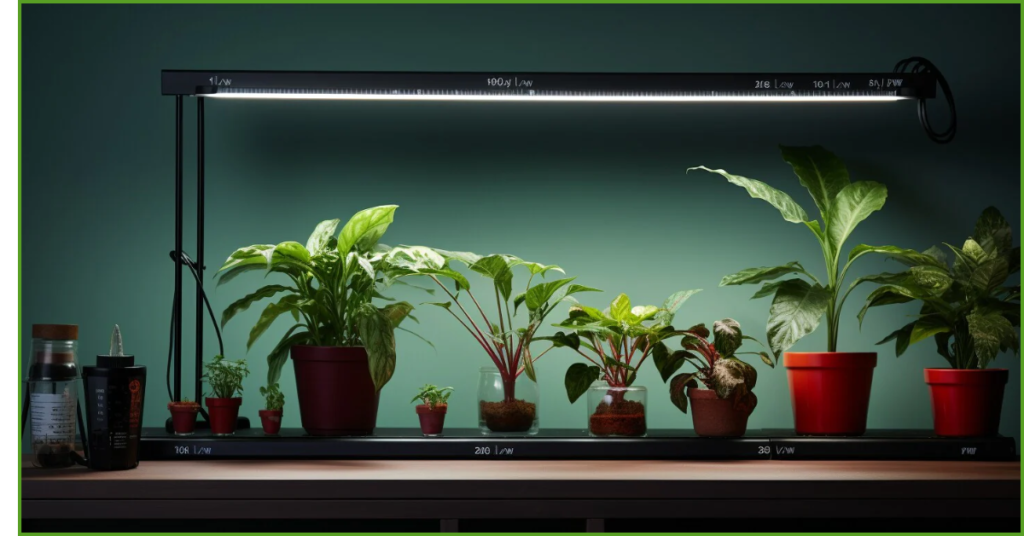
When sunlight isn’t available, using artificial lighting is essential for your plants’ growth. Options like LED grow lights, fluorescent bulbs, or standard household bulbs can effectively replace natural sunlight. It’s important to position your plants under these lights for several hours each day to replicate natural light cycles, ensuring they stay healthy. Focus on choosing lights that provide the appropriate spectrum, especially blue and red wavelengths, which are crucial for promoting growth.
-
- Choose Low-Light Plants
Not every plant can thrive in the absence of sunlight, so it’s important to choose the right types, varieties such as the Snake Plant, ZZ Plant, and Peace Lily are particularly suited for low-light settings. The ten indoor plants we’ve discussed are well-adapted to handle shaded environments, making them perfect for homes that don’t receive a lot of natural light.
-
- Monitor Watering Needs
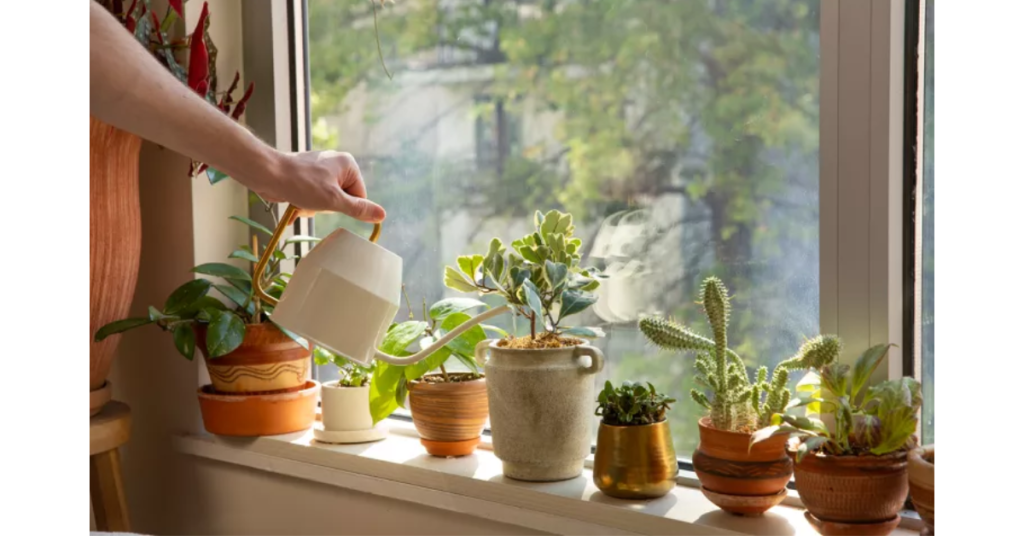
Plants generally consume less water in the absence of direct sunlight since there’s reduced evaporation. One frequent error people make when caring for indoor plants without sunlight is overwatering. It’s important to check the moisture level of the soil before adding more water. You can do this by inserting your finger about an inch into the soil; if it feels dry, then it’s time to give your plants a drink. Also, make sure your pots have adequate drainage to prevent root rot.
-
- Maintain Humidity Levels
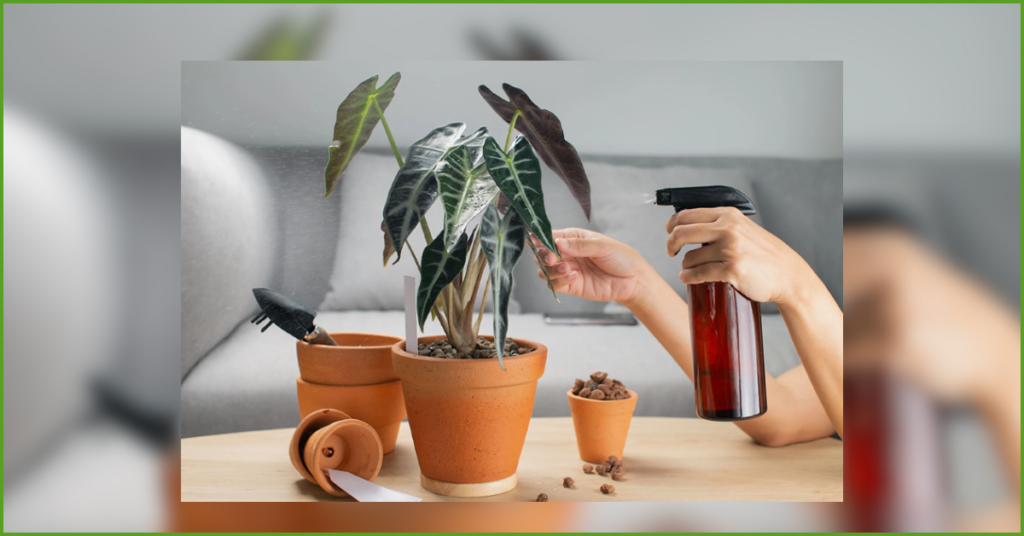
Plants that flourish in low-light conditions typically come from tropical regions, where they enjoy elevated humidity levels. To keep the humidity just right for your plants, you can mist them frequently, position them close to a humidifier, or place them on a tray with water and pebbles. This extra moisture will support your plants’ health and keep their leaves from becoming dry.
-
- Rotate Plants Regularly
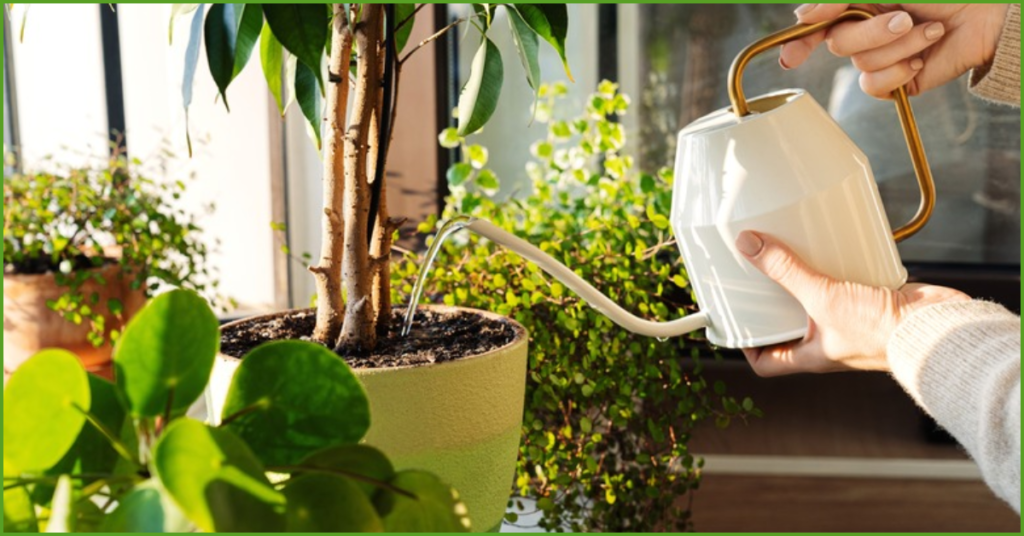
It’s beneficial to rotate your plants regularly, even when using artificial light. This practice helps ensure that every side of the plant gets equal light exposure, which encourages balanced growth. By making a habit of rotating them every few days, you can avoid issues like leaning or uneven growth.
-
- Use Nutrient-Rich Soil
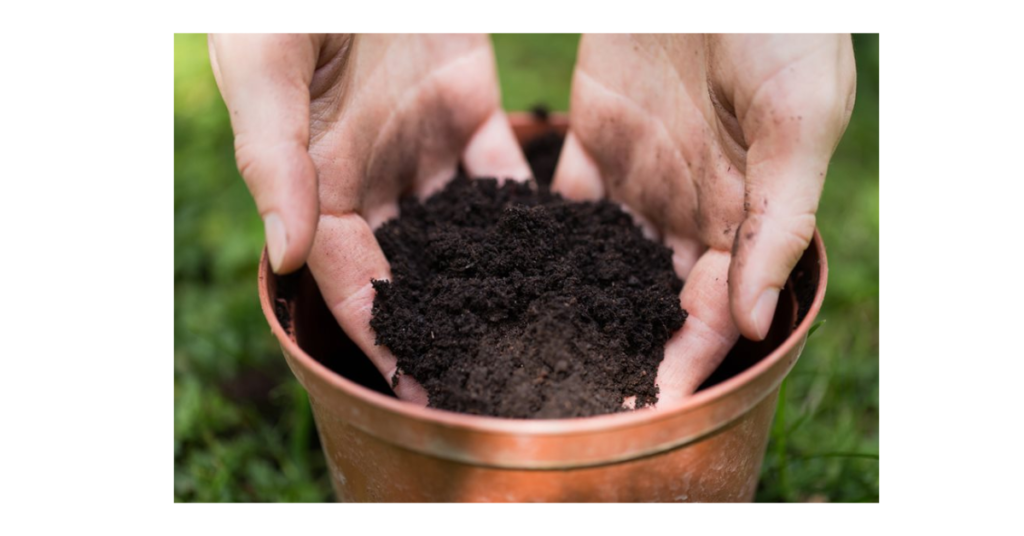
Plants that are grown without sunlight require a little extra help with their nutrients. Because they aren’t able to photosynthesize as effectively, it’s important to choose high-quality, nutrient-dense potting soil. Furthermore, think about fertilizing your plants every 4 to 6 weeks with a balanced indoor plant fertilizer to ensure they receive the additional nourishment necessary for healthy growth.
-
- Prune to Promote Growth
Low-light plants may occasionally grow leggy as they reach for available light. To promote a fuller, bushier look, it’s beneficial to prune them regularly. Be sure to trim away any yellowing or dead leaves and shorten any elongated stems to help your plants stay healthy and vibrant.
-
- Keep the Leaves Clean
Dust tends to build up on the leaves of indoor plants, particularly in areas that lack sunlight. This dust layer can hinder light absorption, even when using artificial lighting. To promote healthier growth in low-light environments, it’s a good idea to regularly wipe your plant leaves with a damp cloth. Clean leaves are better at soaking up light, which can significantly benefit your plants.
Read More Blogs – Best Outdoor Plants For Home Garden
Placement Tips for Low-Light Indoor Plants
To successfully grow indoor plants without sunlight, the location you choose in your home or office is essential. While these plants don’t require direct sunlight, thoughtful positioning can provide them with the ideal amount of indirect light and the necessary care for healthy growth. Here are some useful tips for placing your low-light indoor plants to help them thrive.
-
- Under Staircases
The space beneath staircases is frequently ignored, yet it serves as a fantastic location for low-light plants. While it typically receives very little natural light, it can still take advantage of indirect or reflected light. Plants such as the Cast Iron Plant or Dracaena thrive in these conditions, making them ideal choices to enhance the area with their unique charm.
-
- Near North-Facing Windows
North-facing windows get the least direct sunlight, making them perfect for low-light indoor plants. This spot offers soft, diffused light all day long, which is gentle enough for plants such as the Snake Plant or ZZ Plant to thrive without the damaging effects of direct sunlight.
-
- Corners Away from Windows
Numerous low-light indoor plants are adaptable and can thrive in the most remote areas of a room. To brighten up a shadowy corner, consider adding a Cast Iron Plant or a Parlor Palm. These resilient plants can tolerate low light conditions and will bring a splash of greenery to spaces that might otherwise feel lifeless.
-
- Bathrooms and Humid Area
Plants that thrive in low light, such as the Peace Lily and Spider Plant, do particularly well in humid settings, making bathrooms an ideal spot for them. With their typically small windows or frosted glass, bathrooms offer just the right level of filtered light. Additionally, the humidity from showers creates a perfect environment that resembles their natural habitats.
-
- On Shelves or Bookcases
Raising your plants on shelves or bookcases helps them soak up indirect light from nearby windows. Pothos and Philodendrons are perfect choices for these areas since their trailing vines can gracefully drape over the edges, enhancing the beauty of your room. Just be cautious not to place them too close to direct sunlight, as it could lead to leaf burn.
-
- Close to Artificial Light Sources
In spaces that lack natural light, like basements or offices without windows, you can still enjoy the beauty of low-light plants under artificial lighting. Think about positioning plants such as the ZZ Plant or Dracaena close to LED or fluorescent lights. These types of lighting can replicate sunlight and offer sufficient illumination to keep your plants thriving, even in the absence of natural sunlight.
-
- Hallways and Entryways
Low-light indoor plants are an excellent choice for brightening up dim hallways or entryways. These spaces typically have limited windows or direct sunlight, making plants such as the Chinese Evergreen or Snake Plant ideal for these conditions. Just be cautious not to position them too near busy pathways to avoid any accidental bumps.
-
- On Your Desk or Workspace
Transform your workspace with low-light plants such as the Peace Lily or Spider Plant. Adding these greenery options to your desk or nearby can boost your productivity and help alleviate stress. They’re perfect for windowless offices since they thrive in low light and effectively purify the air in your environment.
Benefits of Low-Light Indoor Plants
Low-light indoor plants are a wonderful enhancement for any home or office, providing a range of advantages that go beyond just looking good. If you have minimal natural light or simply want low-maintenance greenery, these plants can flourish in many settings. In this part, we’ll delve into the perks of having indoor plants that need little to no sunlight and discuss why they are a great option for your indoor garden.
-
- Improved Air Quality
Numerous indoor plants that thrive in low light, like Snake Plants and Peace Lilies, are celebrated for their ability to purify the air. They effectively take in harmful substances such as formaldehyde, benzene, and carbon monoxide, while providing fresh oxygen in return. Incorporating these 10 indoor plants into your home can enhance your air quality and promote a healthier living space.
-
- Low Maintenance
One major benefit of indoor plants that flourish without sunlight is how easy they are to care for. Varieties such as the ZZ Plant and Cast Iron Plant can thrive with very little effort. They don’t need to be watered every day or placed in bright light, which makes them perfect for busy people or beginners in plant care.
-
- Stress Reduction and Mental Well-being
Research indicates that having indoor plants can help alleviate stress, enhance productivity, and elevate your mood. Placing plants in dimly lit spaces, such as your office or bedroom, can foster a soothing environment and support your mental health. The greenery acts as a natural mood lifter, making you feel more at ease and in tune with nature.
-
- Versatility in Placement
Low-light indoor plants offer great flexibility in where you can put them. Because they thrive without direct sunlight, you can easily position them in dimmer areas of your home, such as bathrooms, hallways, or offices that rely on artificial light. This adaptability makes it possible to enhance spaces that might be difficult for many other plants to flourish in.
-
- Natural Humidifiers
Plants naturally release moisture into the air through a process called transpiration. This means that certain indoor plants, such as Peace Lilies and Spider Plants, act as natural humidifiers even without sunlight. Incorporating these plants into your home can help improve humidity levels, which is especially helpful during dry winter months or in rooms with air conditioning.
-
- Improved Focus and Creativity
Surrounding yourself with plants can greatly enhance your focus and spark creativity. Low-light indoor plants such as Philodendrons or Pothos are ideal for workspaces since they need minimal maintenance and bring a bit of nature to your desk or office. Research indicates that individuals in plant-filled environments often experience improved concentration and heightened creativity.
-
- Sustainable Indoor Gardening
Numerous low-light indoor plants are incredibly tough and can flourish in diverse environments, even when they receive little care. This quality makes them a sustainable choice for indoor gardening, as they require minimal resources such as water and light. If you want to establish an eco-friendly indoor garden, selecting plants that can thrive without direct sunlight is an excellent way to begin.
-
- Aesthetic Appeal
Low-light plants may not need much light, but they certainly bring a wonderful diversity in textures, shapes, and colors. Take the eye-catching leaves of the Dracaena or the cascading vines of the Pothos, for example. These plants can elevate your home’s aesthetic while infusing it with a bit of nature’s charm. You can craft beautiful green arrangements, even in areas that lack direct sunlight.
Common Mistakes to Avoid
Caring for indoor plants that thrive without sunlight can be a fulfilling journey, but it’s important to be mindful of potential missteps. A common misconception is that low-light plants are low-maintenance, but they still need proper care to flourish. To help you steer clear of typical errors, here are some key mistakes to be aware of when looking after your indoor plants that don’t require direct sunlight.
-
- Overwatering
One common error that many people make is giving their plants too much water. Indoor plants that don’t receive sunlight tend to retain moisture longer, so they need less water compared to those in bright light. Overwatering can cause root rot, which can ultimately harm or kill the plant. It’s a good idea to check the soil’s moisture before watering and only do so when the top inch of soil feels dry.
-
- Not Using Proper Lighting
Indoor plants can do well without direct sunlight, but they still require some light to flourish. A frequent misconception is that they can live in total darkness. If your room lacks natural light, think about using artificial grow lights to ensure your plants receive the right light spectrum for photosynthesis.
-
- Placing Plants Too Close to Heat Sources
Indoor plants that thrive without sunlight are commonly found in different areas of the house. However, a common error is placing them too near heaters, radiators, or vents. These heat sources can dehydrate the plants and lead to wilting leaves. To prevent heat stress, it’s best to keep your plants in a cool environment with a stable temperature.
-
- Ignoring Humidity Needs
Numerous low-light plants, such as the Peace Lily and Spider Plant, flourish in humid conditions. It’s a common error to put them in dry spaces without considering the humidity. Insufficient moisture in the air can lead to these plants drying out, particularly during winter or in air-conditioned areas. To keep the humidity at the right level, consider using a humidifier or misting your plants on a regular basis.
-
- Neglecting to Rotate the Plants
While low-light plants can thrive without direct sunlight, it’s still essential to rotate them from time to time. Failing to do so may lead to uneven growth, causing one side to become leggy while the other side remains underdeveloped. By rotating your Indoor plants every week or so, you can ensure they grow evenly, no matter their location.
-
- Using the Wrong Potting Soil
Many individuals think that all indoor plants thrive in the same kind of soil, but this is not always true. Low-light indoor plants typically need well-draining soil to avoid excess water pooling around their roots. If you use standard garden soil or a dense potting mix, it could trap moisture and lead to root rot. For optimal growth, choose a lightweight, well-draining soil specifically designed for indoor plants.
-
- Failing to Prune Regularly
Low-light plants can become leggy and lose their shape if they aren’t pruned regularly. Neglecting to trim back dead leaves or overgrown stems can lead to a plant that looks unhealthy and doesn’t grow as well. Regular pruning promotes bushier growth and keeps your indoor plants looking their best.
-
- Placing Plants in High-Traffic Areas
One frequent error is placing your plants in spots where they frequently get bumped or knocked over. Many low-light plants have fragile leaves that can be easily harmed. It’s best to steer clear of hallways or areas where they could be jostled by people or pets.
-
- Forgetting to Clean the Leaves
Dust and dirt can build up on the leaves of indoor plants that don’t get sunlight, hindering their ability to take in light, even from artificial sources. Neglecting to clean the leaves can lead to slowed growth. To keep your plants dust-free, gently wipe their leaves with a damp cloth every few weeks.
Conclusion
Caring for Indoor plants without sunlight may seem challenging at first, but with the right knowledge and approach, it can be incredibly rewarding. These resilient plants are perfect for low-light environments, bringing the beauty of nature into your home or office without the need for direct sunlight. By selecting the right plants, paying attention to watering, providing adequate humidity, and ensuring they receive some form of indirect or artificial light, you can create a thriving indoor garden.
The benefits of Indoor plants that don’t require sunlight go beyond aesthetics; they improve air quality, reduce stress, and add a touch of greenery to spaces that would otherwise feel dull. Whether you’re new to plant care or a seasoned indoor gardener, the plants we’ve discussed are easy to maintain and will adapt well to your living conditions.
Remember, each plant has its own specific needs, and by following the tips we’ve shared, you’ll be well on your way to successfully caring for Indoor plants – how to take care without sunlight. With minimal effort, you can enjoy the soothing presence of these plants and the positive impact they bring to your indoor environment.
Also Read This – Why Public Speaking Skills Are Important
FAQs
Q 1. Can indoor plants survive without sunlight?
Ans – Yes, certain indoor plants can survive in low-light conditions or with artificial light, but no plant can thrive in complete darkness. Some examples of low-light plants include Snake Plant, ZZ Plant, and Peace Lily.
Q 2. How do you keep low-light plants alive?
Ans – To keep low-light plants alive, provide them with indirect light, water them sparingly (allowing the soil to dry out between waterings), and maintain a consistent temperature. Avoid over-fertilizing, and periodically wipe the leaves to remove dust, allowing them to absorb more light.
Q 3. Which artificial light is best for indoor plants?
Ans – Plants require a balance of red and blue light from full-spectrum LEDs or fluorescent grow bulbs. Alternatively, a combination of red and blue wavelength bulbs will support most plants’ light needs.
Q 4. Can I grow indoor plants in a windowless room?
Ans – Yes, plants like the ZZ Plant, Snake Plant, and Dracaena can grow well in windowless rooms with the help of artificial lighting.


